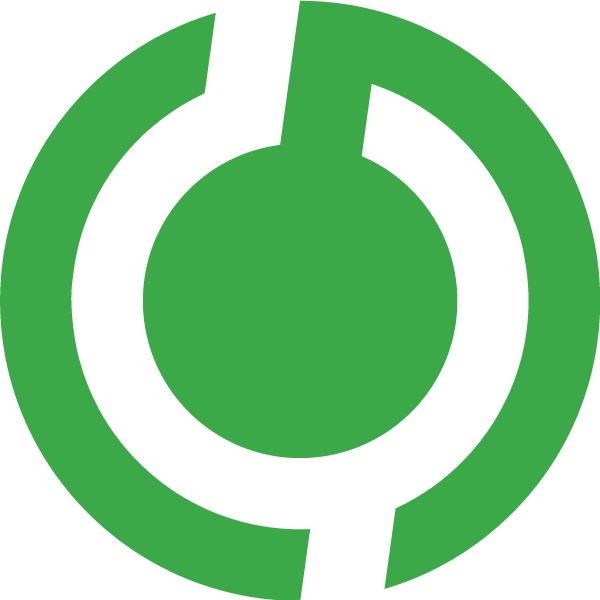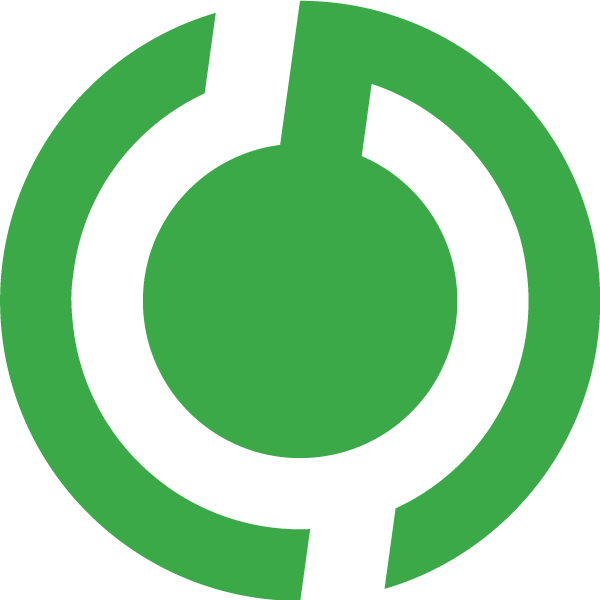Read part 2: ideation and part 3: implementation here.
Field Research & Interviews:
In order to get a better picture of our target audience, we went out to interview several patients. The aim of our interview was twofold, we wanted to find out more about the general situation these patients found themselves in, as well as to find out what their attitudes were towards chatbots. As this was still the inspiration phase, we chose to utilize a semi-structured interview methodology. This allowed us to have more free-flowing ideas during this phase.
To reach our target audience, we decided to split up and visit 3 different hospitals, Catharina, Meander Medisch Centrum and UMC Utrecht. Some of the more significant insights we got from these interviews were that patients do see a use for a chatbot in the waiting room for last-minute questions or stress reduction. Patients would feel closer to the chatbot and trust it more when gathering information from it or getting distracted through gamification. You can find the interview structure below:
Additionally, Nash and I interviewed people in the field of applied psychology to gain a better insight into what kind of questions they ask their patients in order to establish trust or even measure it. We wrote up a semi-structured interview and reached out to some psychologists and the Fontys University of Applied Psychology to schedule some interviews. We went to the Fontys location to interview any students or teachers we could. We ended up interviewing a number of students and a teacher from the Applied Psychology course, as well as medical experts who deal with patients every day. You can find the interview document and some of our interview recordings below. It’s in Dutch, however, since our interview subjects were Dutch as well.
Applied Psychology Interview (Dutch)
Teacher interview:
Student interview 1:
Major insights from this were that they usually start off with personal questions, such as how a patient is doing, or complimenting and asking them about their shoes in order to take their minds off their anxiousness and to get a conversation started. Once you get to this point, they all said it gets trickier. A lot of this isn’t a precise science and requires a lot of intuition in order to recognize various signs of behavior in a patient. A chatbot can’t recognize a patient’s posture, facial expression or overall look as it is limited to text and voice inputs.
We briefly discussed the possibilities of using Artificial Intelligence and Deep Learning algorithms to try and tackle these limiting factors, but executing such a method would be far outside of the scope of our project. What we could do to make questions appear more open while keeping the input limited was to build the main interaction with our chatbot around multiple-choice questions. This would keep input predictable while allowing us to define some clear paths for users to go through. This insight allowed us to improve our hi-fi prototype later down the line.
Reflection:
This was a very interesting part of the process, as we learned a lot of new insights in a short amount of time that we could bring into the ideation phase. I think the interviews on building trust were very educational despite us not being able to make use of most of the feedback in our project. It’s good to know the field you’re working in even if you’re just limited to a segment of it with your project.


